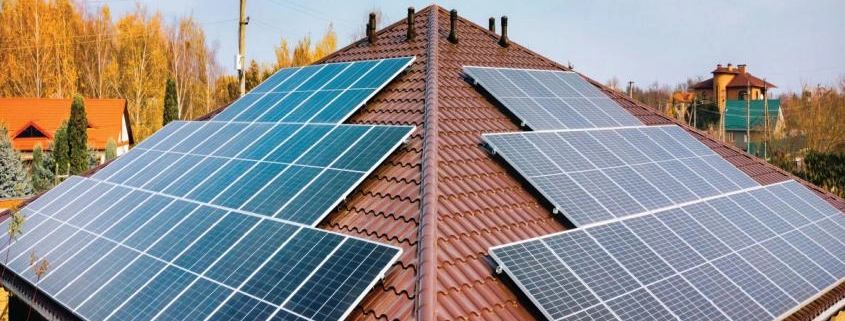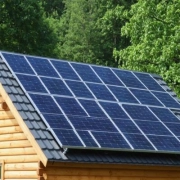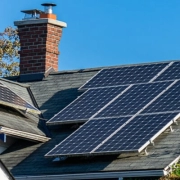How much energy can solar on grid systems be expected to generate for a home?
When you consider installing solar on grid systems at home, you will want to assess how much electricity you can expect to generate. This question depends on factors such as location, rooftop orientation, panel efficiency, and system size. Therefore, you need to understand the multiple factors that affect energy production and how they combine to estimate the power generation of a home solar on grid system, from geographic location and solar irradiance to the quality of solar panels and installation details. In this guide, we will dive into these factors and guide you through estimating the power generation potential of a home on grid system.
The role of solar on grid systems installation location and solar irradiance
One of the most critical factors affecting the power generation of a solar on grid system is geographic location, especially solar irradiance. Solar irradiance refers to the amount of sunlight a specific area receives over a certain period. It is usually measured in kWh/m²/day. Regions with higher solar irradiance, such as those near the equator or areas with less cloud cover, will naturally produce more power from solar panels.
The southern United States, such as California, Arizona, and Texas, have higher solar irradiance than northern states or cloudy areas. Knowing the specific irradiance at your location helps determine how much electricity a solar grid-tied system can generate. On average, a 5-kW solar on grid system in areas with high solar irradiance can generate about 20 kWh daily. The same system in regions with lower irradiance can generate about 12 kWh per day.
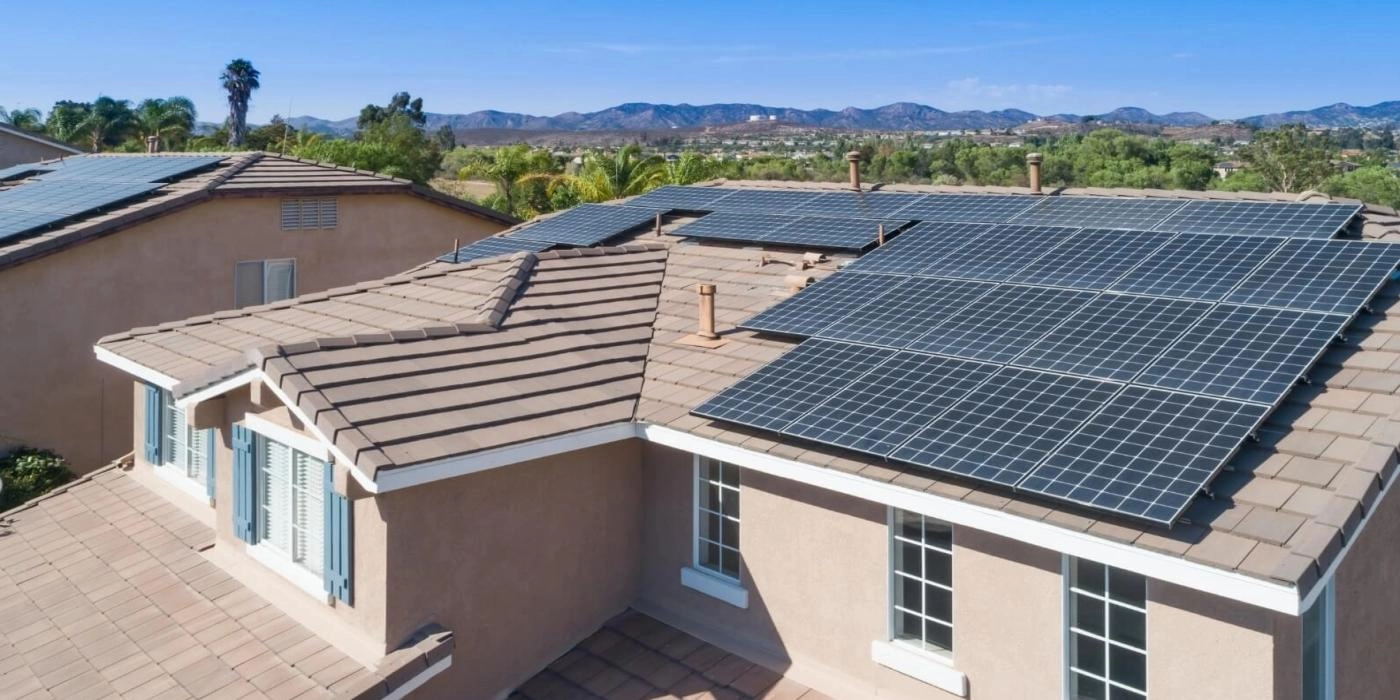
Calculating Panel Efficiency and Output
Solar panel efficiency is also key in determining how much electricity a solar on grid system can generate. Solar panels convert sunlight into electricity through photovoltaic cells, and their efficiency determines how much sunlight is converted into usable energy. Most modern residential solar panels have 15% and 20% efficiency ratings. The higher the efficiency, the more electricity a system can generate from the same amount of sunlight.
Under the same conditions, an efficient 300-watt solar panel will generate more electricity than a 250-watt panel. The total power generation of a solar on grid system depends on the number of solar panels installed and the size of the system. A 5-kW solar on grid system typically requires about 10 to 15 solar panels. Under optimal conditions, the system can generate 12,000 to 20,000 kWh of electricity annually. However, the efficiency of the solar panels, along with other factors such as shading and mounting angle, also determine how much power a system can generate.
The impact of the orientation and angle of a solar grid-connected system on the roof
The orientation and angle of a solar on grid system can significantly impact the amount of power it can generate. Solar panels should face due south to capture the most direct sunlight throughout the day. The angle at which you mount the panels also affects the amount of sunlight they absorb. Panels tilted at the optimal angle for your location will absorb sunlight more efficiently, especially during peak solar radiation hours. If your roof faces west or east instead of south, you can still generate power, but efficiency will not peak. An optimized system should have a tilt angle consistent with your local latitude. Additionally, rooftop obstructions such as chimneys, vents, or trees can cast shadows on solar panels, reducing efficiency.
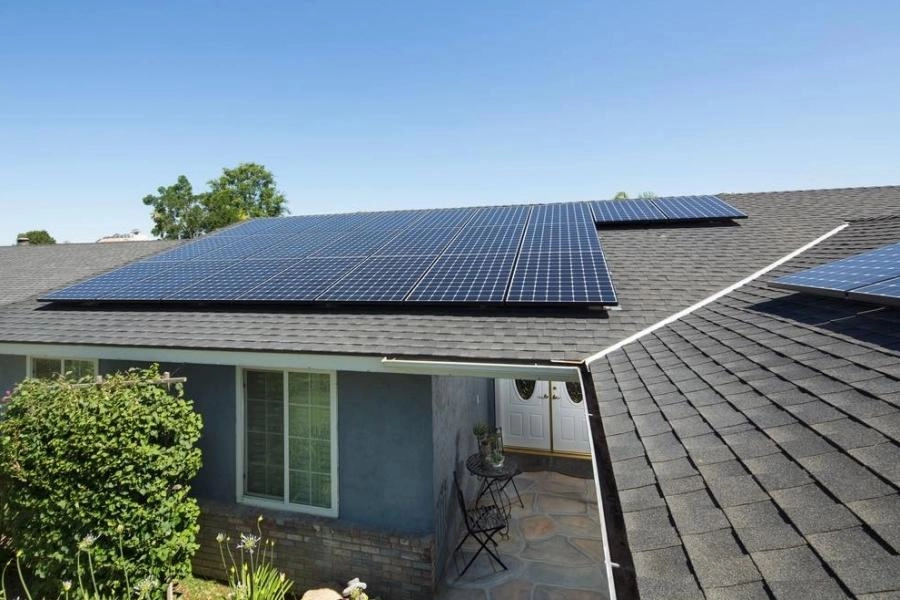
Consider seasonal changes
Seasonal changes in the length of sunshine and weather conditions significantly impact the amount of power solar on grid systems can generate. In areas with distinct seasons, power generation will vary throughout the year. In the summer, solar panels generate more power when the sun is higher and daylight hours are longer. Conversely, in winter, the lower sun and shorter daylight hours generate less power. Snow cover can also affect panel performance in regions with cold winters, either by completely covering the panels or reflecting more sunlight onto them. A typical residential solar grid-tied system generates 25-30% more power in the summer than in the winter.
Storage and backup considerations for energy optimization
While solar on grid systems are designed to deliver excess power to the grid, some homeowners choose to add energy storage solutions, such as batteries, to store power for later use. This is especially useful at night or on cloudy days when solar generation is low. Storage systems can help ensure the home is powered even when the solar on grid systems are not actively generating power.
During periods of low solar generation, batteries allow you to draw power from stored energy, reducing your reliance on grid power and increasing energy independence. However, it is essential to consider the additional costs and complexities of battery storage systems. A typical solar grid-tied system with battery storage can increase energy self-sufficiency by up to 50%, ensuring that your home uses more of the power it generates rather than sending it back to the grid.
Maximizing Energy Production
The amount of electricity solar on grid systems can generate for a home depends on various factors, including location, system size, panel efficiency, rooftop orientation, and seasonal conditions. Understanding these factors is critical for homeowners looking to accurately estimate their solar energy potential. With the proper setup, a solar on grid system can meet your home’s energy needs, lower your carbon footprint, and deliver long-term savings.

